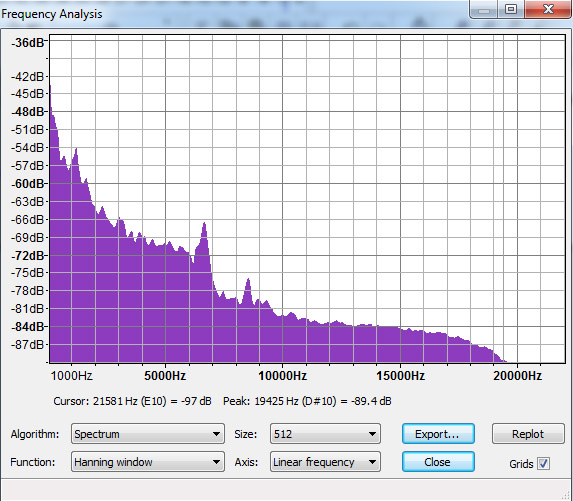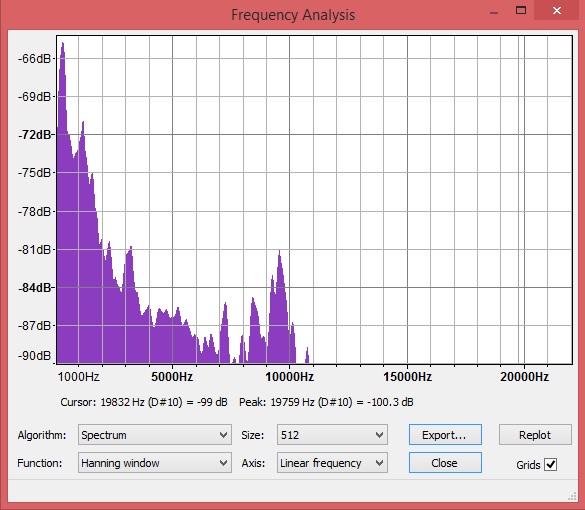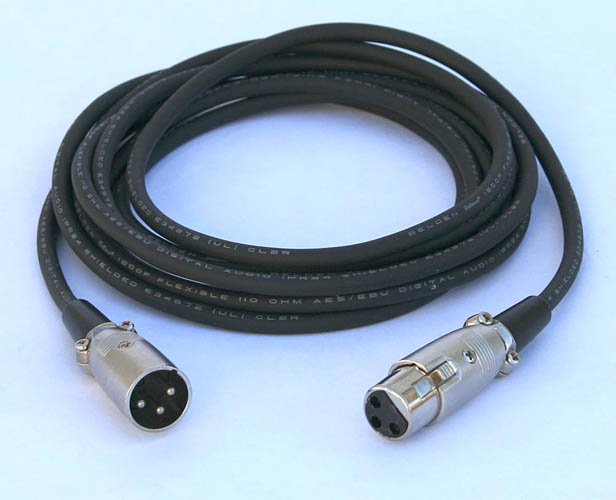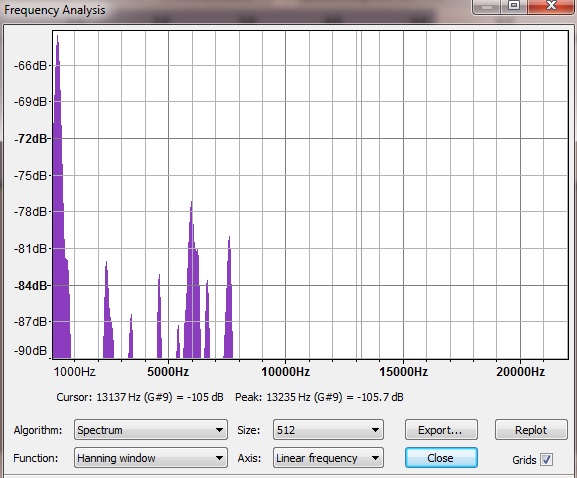Hey, folks, I’ve been Googling about my issue for a couple days and the most useful hits so far have come from here, so I thought I’d register and ask about the specific problem.
Basically, my brother and I have a YouTube gaming channel we put on hold for a couple months sorting out tech issues. We recently started it back up, using a webcam (Logitech C525) mic to more easily record both of us. Turns out it has a constant “rushing water” noise that basically makes it unusable. I thought it was a problem with the mic (we had been using an AT USB condenser mic, and it was defective), but it doesn’t have that problem on my laptop. That’s really the reason I’m here; conventional opinion seems to be that all USB mics have some degree of noise, but it’s imperceptible on one and overwhelming on the other.
Here’s the sample. The first part is from my desktop, starting up with 5 seconds of silence than half the Pulp Fiction quote, then the second half and another 5 seconds of silence from my laptop (I spliced them together in Audacity and rendered in Sony Vegas). On both everything was disabled except the webcam mic and the default playback (Cirrus on the laptop (it’s a Dell Inspiron 3520), Realtek on the desktop), with the mic at 100% and the speakers at 1%.
My desktop was a DIY, I think the relevant datum are:
- MSI 970A-G43 motherboard
- AMD FX 8320 processor, 16GB RAM
- Windows 7
I tried a dynamic mic (with the 1/4 to 1/8" converter) on both machines and had basically the same result (exact same noise as on the USB mic), except that it was really quiet, even at maxed volume. I’m also relatively sure it’s a hardware problem on the new desktop. The previous one (almost the same hardware except a weaker CPU and an ASRock motherboard; same case, drives, etc.) was what I recorded the Dark Souls videos on the channel with, and the audio is from the aforementioned USB condenser mic. Quality wasn’t amazing, but it doesn’t have that background noise.
I used Plot Spectrum on 5 seconds of silence on each machine with drastically different results. Audacity is definitely “seeing” the noise, but I don’t have the expertise to make heads or tails of what it means. They’re attached below.
Thanks in advance for any help, this is the first time I’ve ever posted asking for tech support (and I’ve been no stranger to this stuff for over 15 years, heh). Right now my brother and I are looking into recording on my laptop and adding it to our streams in real-time with Skype or something, but fixing this would definitely be preferable! ![]()





